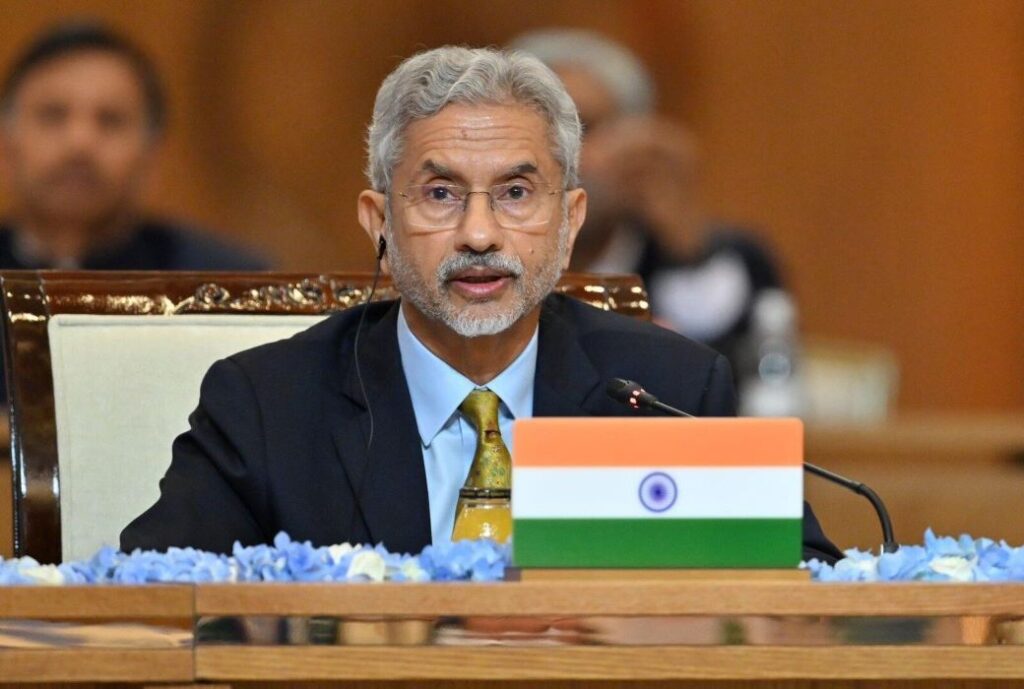
In a powerful statement before the Lok Sabha, External Affairs Minister Dr. S. Jaishankar laid bare the high-tension developments of May 9, revealing that U.S. Vice President JD Vance had personally alerted Prime Minister Narendra Modi about an impending “massive attack” from Pakistan. The warning came just hours before what would become one of the most dangerous cross-border escalations in recent times.
May 9: A Ticking Time Bomb Averted
Speaking on the Pahalgam terror attack and Operation Sindoor, Dr. Jaishankar informed the House that the Indian Prime Minister received an urgent call from Vice President Vance on May 9. The message was blunt: Pakistan was preparing a large-scale strike. PM Modi, in no uncertain terms, conveyed that India would respond appropriately should such an attack occur.
The attack did happen.
As the IMF approved a financial package for Pakistan late on May 9, Islamabad launched a coordinated offensive, deploying UAVs, loitering munitions, fighter jets, long-range artillery, and missiles. Among the most dangerous threats was a missile aimed directly at the Adampur Air Base, a strategic Indian military installation.
Thanks to India’s vigilant armed forces and cutting-edge defence systems like the S-400 and Akash, the attack was neutralized. What could have been a catastrophe was turned into a demonstration of India’s evolving deterrence capabilities.
India Hits Back – Operation Sindoor Expands
India’s response came swiftly. According to sources, the early hours of May 10 saw retaliatory strikes deep into Pakistani territory, targeting key airbases, radar sites, command and control centres, and missile batteries. This was a continuation of Operation Sindoor, which had already been launched on May 7 in retaliation to the Pahalgam terror attack that claimed 26 civilian lives.
Pakistan attempted further escalations on May 8, 9, and 10, but Indian forces held the line. Strikes on Pakistani military infrastructure not only inflicted heavy losses but also signaled India’s new red lines in the fight against state-sponsored terrorism.
Indus Waters Treaty Suspended – A Diplomatic Message
Dr. Jaishankar underlined that India’s restraint had limits. In response to the Pahalgam attack and continued cross-border provocations, the Cabinet Committee on Security decided to suspend the 1960 Indus Waters Treaty, a watershed move that underlined New Delhi’s seriousness.
> “Our red lines were crossed,” said Jaishankar. “It was important to send a clear and resolute message… There would be serious consequences.”
Diplomatic Clarity: No Call With Trump, No Trade Linkage
In a separate but related remark, Dr. Jaishankar dismissed former U.S. President Donald Trump’s claims of mediating peace between India and Pakistan.
> “There was no call between PM Modi and President Trump from April 22 to June 17… At no point was there any linkage of what happened with trade,” he clarified.
This statement rebuffed rumors that had clouded India’s stance on terrorism and trade diplomacy.
Operation Sindoor: A New Template for Retaliation
By May 10, under the leadership of Foreign Secretary Vikram Misri, both countries reportedly agreed to halt hostilities across land, air, and sea. However, Indian officials made it clear: it was Pakistan that had sought the ceasefire following India’s punishing military response.
Operation Sindoor is now being viewed as a landmark moment in India’s national security doctrine—a firm, no-nonsense approach to cross-border terrorism. It demonstrates that India will not be held hostage to nuclear blackmail, nor will it tolerate proxy warfare masquerading as diplomacy.
India has drawn a new line in the sand. With Operation Sindoor, the message to Islamabad and the international community is loud and clear: Cross-border terrorism will be met with fierce retaliation, both militarily and diplomatically.

